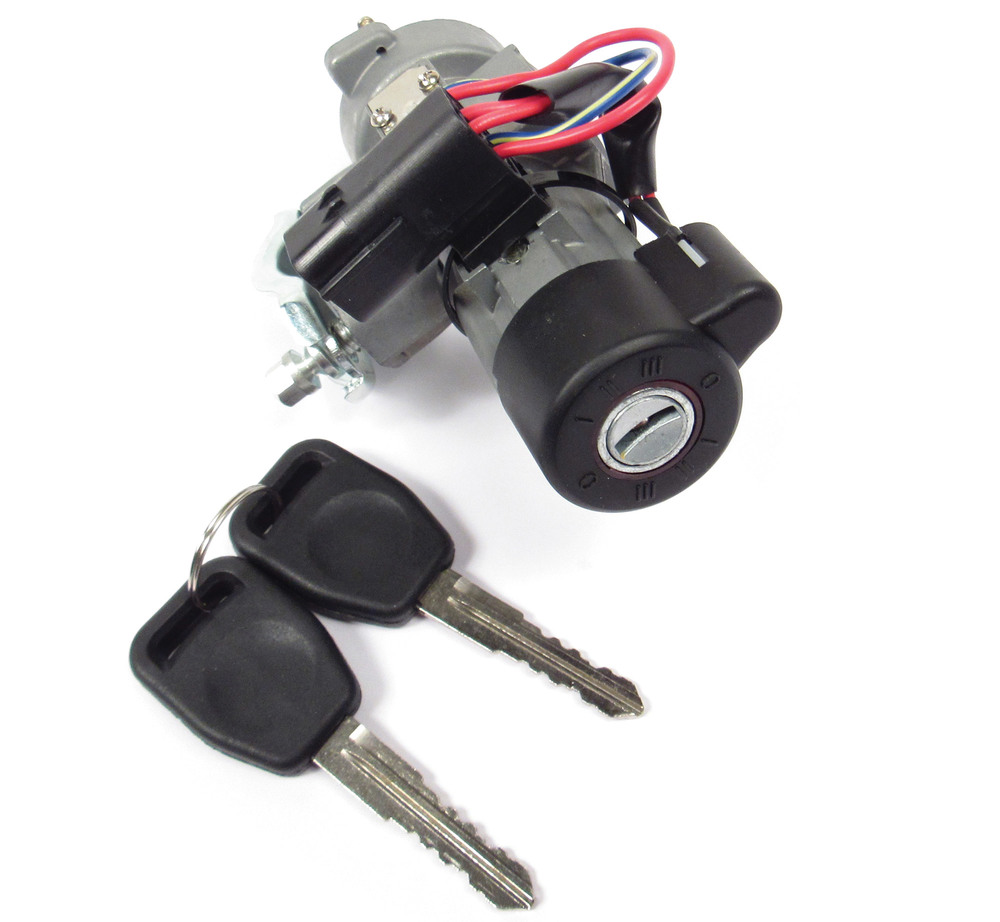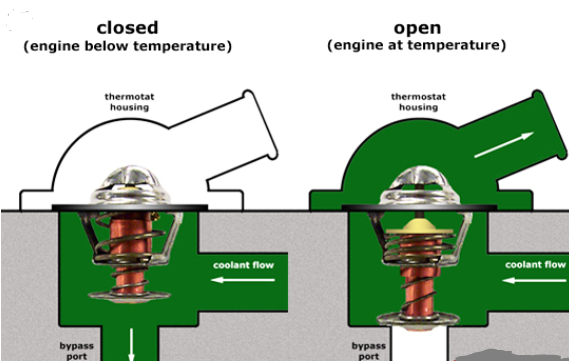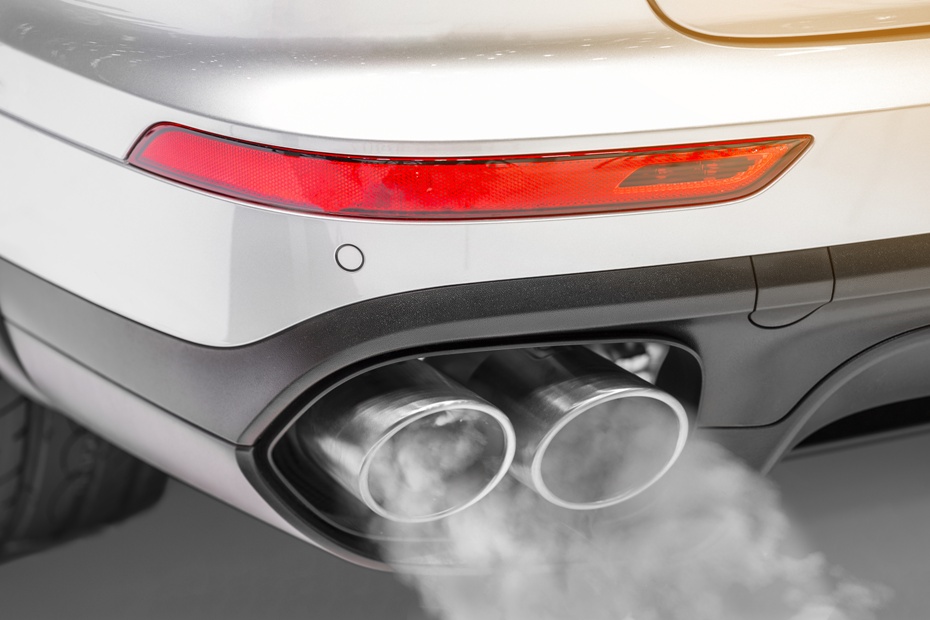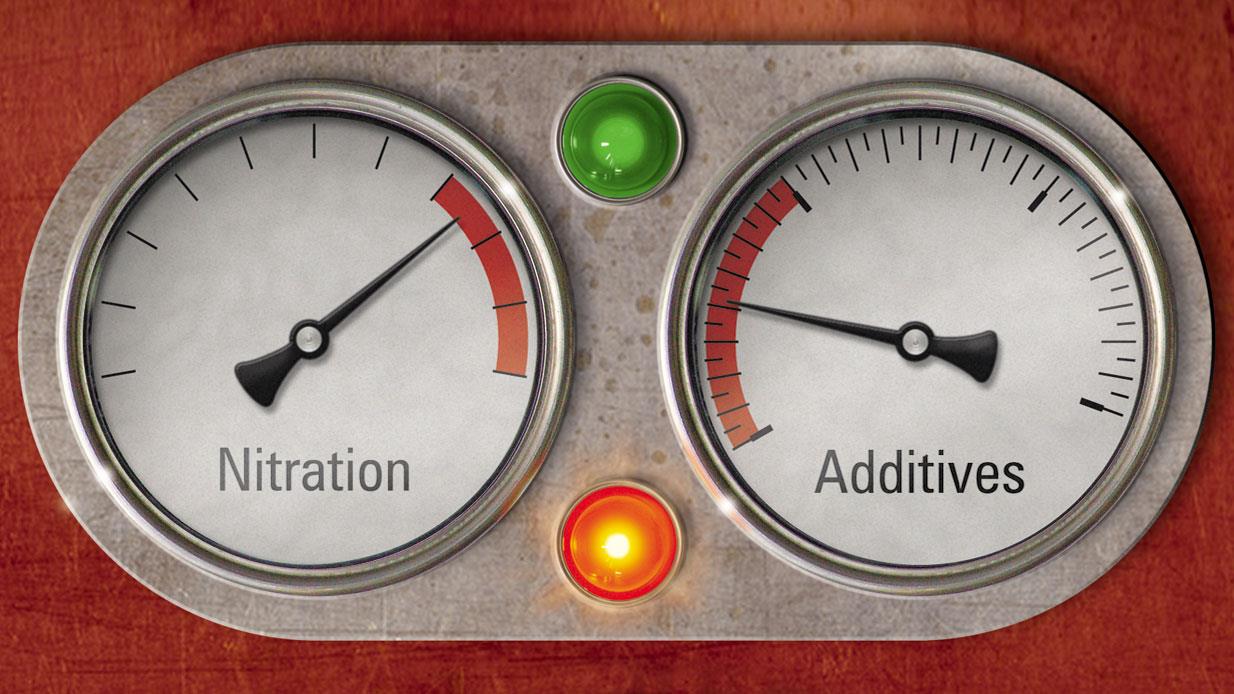Do You Need a New Key When Replacing Ignition Switch
You don’t always need a new key when replacing the ignition switch. Often, the new switch can be keyed to fit your existing keys.
Replacing the ignition switch in your vehicle can seem daunting, but understanding the process and requirements can simplify the task. The ignition switch is the gateway to starting your car, and if it fails, you’re left stranded. Deciding whether you need a new key can depend on the make and model of your car as well as the type of ignition system it uses.
Many vehicles allow the ignition switch to be rekeyed to match the original keys, saving you the trouble and expense of getting new ones cut. This is a relief for drivers who might worry about the extra hassle and costs. Knowing the specifics of your car’s ignition system is crucial, as is consulting with a professional to ensure the transition is smooth and doesn’t compromise the integrity of your vehicle’s security system.

Credit: www.amazon.com
Signs Of A Failing Ignition Switch
The heartbeat of your vehicle’s electrical system lies in its ignition switch. It ensures a smooth start and powers essential car components. Like any car part, it wears out over time. Recognizing the signs of a failing ignition switch is crucial for timely repairs. Look out for these clear indicators that may suggest your car is headed for ignition switch trouble.
Intermittent Stalling
Does your car stall unexpectedly during operation? This could be a sign of an ignition switch failure. Intermittent stalling often occurs without warning, leaving drivers in potentially dangerous situations. The culprit could be a worn ignition switch that loses contact momentarily.
Difficulty Starting The Vehicle
- Vehicle takes multiple tries to start: Worn ignition switch contacts may struggle to complete the necessary electrical circuit.
- Inconsistent engine cranking: The car might start some days and not on others, indicative of an unreliable ignition switch.
Unusual Noises Or Smells
Clicking Sounds: A clear indicator of ignition switch distress is a clicking noise when turning the key.
Burning Odors: A short circuit within the ignition switch might produce a burning smell, signaling immediate attention.
The Ignition System Explained
Have you ever wondered what happens when you turn your key in the car’s ignition? It’s like magic – turn the key, and the engine roars to life. But there’s no sorcery here, just the wonders of the ignition system. Let’s dive into how this crucial car component works and understand if a new key is necessary when replacing an ignition switch.
Components Of The Ignition System
At the heart of your vehicle’s ability to start lies the ignition system. It turns your car from a silent metal giant into a purring beast ready to hit the roads. Here’s what makes it tick:
- Ignition Switch: The brains of the operation, deciding when to send power to the other parts.
- Ignition Coil: This is the muscle, turning low voltage to high and ready to light up the engine.
- Distributor: The distributor directs the high voltage to the spark plugs in the correct order.
- Spark Plugs: These are the fireworks, igniting the fuel-air mix to get your engine started.
How The Ignition Switch Works With Your Key
The magic starts with your key and the ignition switch working together. Imagine a lock and key dance – you turn the key, and the ignition switch gets the signal. It’s a green light for the electrical system, telling the battery to wake up and send power to the engine.
- Insert Key: The journey begins with the key saying hello to the ignition switch.
- Turn Key: Next, you give it a twist, and the ignition switch moves from ‘Lock’ to ‘Start’.
- Engine Starts: Voila! The spark plugs fire, fuel burns, and your ride is alive.
No need for a new key unless you’re changing the locks. Your key should still be a perfect fit, as long as the ignition switch isn’t paired with new keys. Keep it simple and straightforward; replace what’s needed and hit the road with your trusty key.
Replacing An Ignition Switch
Getting into a car only to find the ignition switch failing is a real headache. Replacing an ignition switch restores access to starting the vehicle smoothly. Know the necessary tools and steps to do it yourself safely and correctly.
Tools Required For Replacement
- Screwdrivers: Different sizes for various screws
- Socket set: To deal with nuts and bolts
- Wrench: Useful for tight spaces
- Voltage tester: To ensure safety from electric currents
- Steering wheel puller: If applicable
- New ignition switch: The replacement part
- Memory saver: To keep car’s settings intact
Step-by-step Replacement Process
- Disconnect the battery: Safety first, always.
- Remove the steering wheel: If it blocks access.
- Take off panel covers: Expose the ignition switch.
- Unplug old switch: Carefully disconnect the wires.
- Remove old switch: Unscrew and slide it out.
- Install new switch: Align it, and secure with screws.
- Reconnect wires: Double-check for correct connections.
- Reassemble panels: Put everything back in place.
- Test the switch: Before finalizing the job.
- Reconnect the battery: And start your car with ease.
Note: Some vehicles require a new key when replacing the ignition switch, whereas others might allow the use of the existing key. Check your car’s manual for specifics.

Credit: www.roverparts.com
To Key Or Not To Key
You might wonder about your car keys when replacing an ignition switch. Let’s dive into when it’s essential to get a new key or when you can save some cash by keeping the old one.
When You Can Keep Your Old Key
Not all ignition switch replacements mean a new set of keys. By retaining the same key cylinders, you can use your old key. If just the electrical part of the ignition switch fails, your original key should still work after repair. Compatibility between the new switch and old key ensures a smooth transition without additional costs.
- Matching key cylinders: No need for a new key.
- Electrical issues only: Old key stays.
- No security system changes: Keep using the same key.
Scenarios That Require A New Key
In some cases, a new key becomes a necessity. Here’s when you’ll need to say goodbye to the old one:
- If the new ignition switch has a different key cylinder.
- When there’s an upgrade to a security system that requires a new key technology.
- In the event of a lost key, pairing a new one with the ignition switch is safer.
| Condition | New Key Needed? |
|---|---|
| Different Key Cylinder | Yes |
| Security Upgrade | Yes |
| Lost Key | Yes |
Programming A New Key
Replacing your ignition switch often means you need a new key. Key programming is essential for your vehicle to recognize the new key. This guide makes programming a new key simple.
Diy Key Programming
Many modern cars allow you to program keys yourself. It typically involves a series of actions. Your vehicle’s manual should have specific instructions. Look for steps like turning the ignition on and off. This sequence programs the key without special tools.
- Find the exact process in your owner’s manual
- Have all keys on hand, as programming one key may reset the others
- Follow the steps precisely to ensure success
Note: Some newer cars might need advanced programming. Check your manual first.
Professional Key Programming Services
If DIY programming doesn’t work, professionals can help. Locksmiths and dealers have the right tools for complex keys. They make sure your new key communicates with your car’s computer. This service is quick and secure.
| Service | Pros | Cons |
|---|---|---|
| Locksmith | Often less expensive, convenient as many offer mobile services | Equipment may vary, always confirm they can program your specific key |
| Dealership | Specialized knowledge for your vehicle’s brand, guaranteed to have proper tools | Can be more expensive, may require an appointment |
Remember to bring proof of ownership when visiting professionals. It may include your ID and vehicle registration.

Credit: www.techmod.ca
Cost Considerations
Understanding the expenses involved in fixing your vehicle’s ignition can be tricky. Costs can vary widely based on your car’s make and model, the severity of the issue, and whether a new key is necessary. This section breaks down the cost elements you need to consider.
Cost Of Ignition Switch Replacement
The core expense in this repair process is the ignition switch replacement itself. This can range anywhere from $100 to $350 for parts and labor.
- Make/Model Specifics: Higher-end vehicles may incur greater costs.
- Labor Charges: These can vary by location and complexity of the job.
Additional Costs For New Keys
Should you require a new key, expect additional charges. Modern keys with chips or remote start features can increase costs significantly.
| Type of Key | Cost Range |
|---|---|
| Standard | $3 to $20 |
| Transponder | $50 to $200 |
| Key Fob | $50 to $400 |
Keep in mind that new keys might need to be programmed to your vehicle, an additional service fee by the locksmith or dealer.
Frequently Asked Questions On Do You Need A New Key When Replacing Ignition Switch
Can An Ignition Switch Be Replaced Without A New Key?
No, you don’t always need a new key when replacing an ignition switch. However, some vehicles may require a new key if the replacement switch comes with a new lock cylinder.
Is Rekeying Necessary For Ignition Switch Replacement?
Rekeying isn’t typically necessary unless you want the ignition to match existing keys. It can be done by an automotive locksmith or dealership.
How Does A New Ignition Switch Affect Car Security?
A new ignition switch can enhance security if it comes with a new set of keys. This reduces the chance of previous keys being used maliciously.
What Are The Signs Of A Failing Ignition Switch?
Symptoms of a failing ignition switch include stalling, difficulty starting, and intermittent power loss to accessories or the engine.
Conclusion
Replacing your ignition switch doesn’t always necessitate a new key. Many times, your existing key can simply be reprogrammed or reused. Assessing your vehicle’s make and model, along with the ignition system’s specifics, will guide you to the right choice.
Consult with a professional for a seamless transition and peace of mind.





